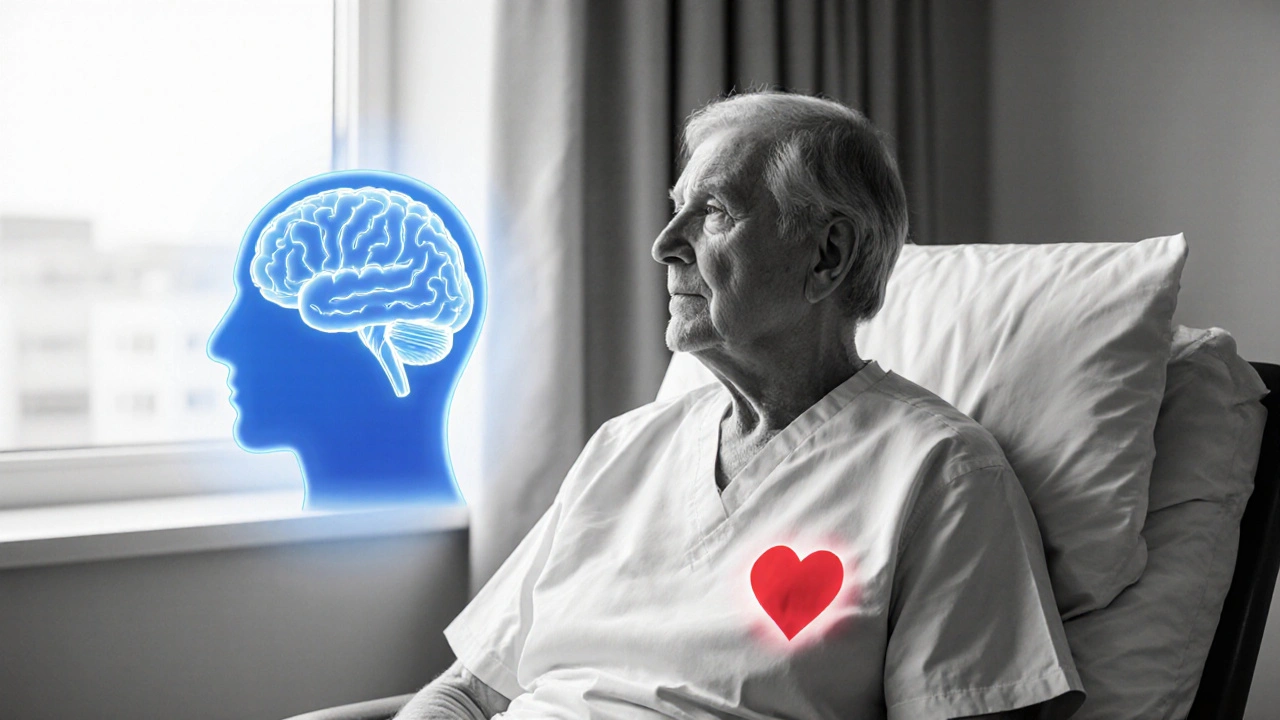Depression – Understanding Causes, Links, and Treatment Options
When dealing with Depression, a persistent low mood that interferes with daily life. Also known as major depressive disorder, it can arise from genetics, brain chemistry, or life events. This condition rarely stands alone; it often intertwines with other health challenges. Recognizing the broader picture helps you target the most effective steps.
One of the most common companions is Insomnia, difficulty falling or staying asleep. Poor sleep fuels negative thoughts, while ongoing low mood makes it harder to rest—a classic feedback loop. Understanding Depression often starts with sleep patterns, because restoring healthy rest can calm the mood swing and improve daily functioning. Simple changes like a regular bedtime, limiting screens, and short‑term sleep aids under doctor guidance can tip the balance.
Another frequent partner is Chronic Pain, persistent discomfort lasting months or years. Pain sends stress hormones into the bloodstream, which can deepen depressive feelings, and depression can amplify the perception of pain. Treating pain with physical therapy, low‑impact exercise, or safe analgesics often eases the emotional burden. When pain and mood are tackled together, patients report steadier progress.
Stress, whether from work, finances, or health worries, acts as a trigger for depressive episodes. Chronic stress raises cortisol, which disrupts neurotransmitter balance and may lead to mood swings. Practical tools—mindfulness breathing, short walks, or talking with a trusted friend—help keep stress in check and protect mood stability.
Hormonal changes also sway mood. Menopause, thyroid disorders, or hormone‑driven skin issues can cause irritability, low energy, and sadness. Checking hormone levels and, when appropriate, using hormone‑adjusting treatments can relieve these mood dips. This ties back to many of the articles below that explore menopause, thyroid medication, and skin‑linked mood effects.
What You’ll Find Below
The collection that follows dives deeper into each of these connections. You’ll see a step‑by‑step guide for safely tapering medications, tips for managing diabetes in pregnancy, strategies for handling medication side effects, and advice on confronting stigma around health conditions. All of these pieces line up with the links we’ve highlighted—sleep, pain, stress, hormones, and more—so you can pick the insights that match your situation. Browse the list and add the tools that feel right for you.
Managing Depression in Heart Failure: Practical Steps to Boost Mental Well‑being
- Laura Ledas
- Aug, 14 2025
Learn why depression is common in heart failure, how to screen early, and practical steps-medication, therapy, rehab, and daily habits-to boost mental well‑being.
Learn More